Cargando...
Recursos educativos
-
Nivel educativo
-
Competencias
-
Tipología
-
Idioma
-
Tipo de medio
-
Tipo de actividad
-
Destinatarios
-
Tipo de audiencia
-
Creador
-
Introduction - Animal reproduction
EduBook Organización
- 1 lo usan
- 4894 visitas
Reproduction is the only vital function that is not needed to keep an individual alive. It ensures the continuation of the species. Although sexual reproduction is a universal characteristic of animals,…
-
Investigate - Animal reproduction
EduBook Organización
- 1 lo usan
- 4707 visitas
Reproduction is the only vital function that is not needed to keep an individual alive. It ensures the continuation of the species. Although sexual reproduction is a universal characteristic of animals,…
-

Before you start - Animal reproduction
EduBook Organización
- 4828 visitas
Reproduction is the only vital function that is not needed to keep an individual alive. It ensures the continuation of the species. Although sexual reproduction is a universal characteristic of animals,…
-
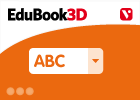
Final self-evaluation 10.01 - The Animal Kingdom (I). Invertebrates
EduBook Organización
- 4594 visitas
Are the following sentences true or false? Sponges are aquatic animals that filter water to obtain food. Jellyfish are a type of sponge. Cnidarians have venomous cells that paralyse their prey.…
-
Summaries - The Animal Kingdom (I). Invertebrates
EduBook Organización
- 4412 visitas
1. The simplest invertebrates The most common invertebrates are sponges, cnidarians, flatworms, nematodes, annelids, molluscs, echinoderms and arthropods. Sponges are aquatic animals. They act as…
-
The cell - Introduction
EduBook Organización
- 4199 visitas
1. From biomolecules to organisms The molecules that make up living things, biomolecules, join together to form large molecules called macromolecules. The next level of complexity is the cell, which is…
-
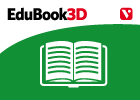
Before you start - Living things
EduBook Organización
- 4009 visitas
Didactic objectives Recognise the characteristics of living things. Identify the main activities of living things. Understand that living things are sensitive to their environment. Recognise that living…
-
Remember - Animal reproduction
EduBook Organización
- 1 lo usan
- 3670 visitas
Reproduction is the only vital function that is not needed to keep an individual alive. It ensures the continuation of the species. Although sexual reproduction is a universal characteristic of animals,…
-
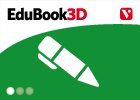
Answer. Living things
EduBook Organización
- 3609 visitas
Look at the pictures, think and answer: What is a cell? Can you see an image of cells in the picture? What other types of living things can you see in the picture? Name two differences between the…
-

Respiration
EduBook Organización
- 3282 visitas
3.1. How do cells obtain energy? In aerobic cellular respiration, nutrients break down in the presence of oxygen and gradually release their energy. This process generates carbon dioxide (figure 1). The…
Te estamos redirigiendo a la ficha del libro...













